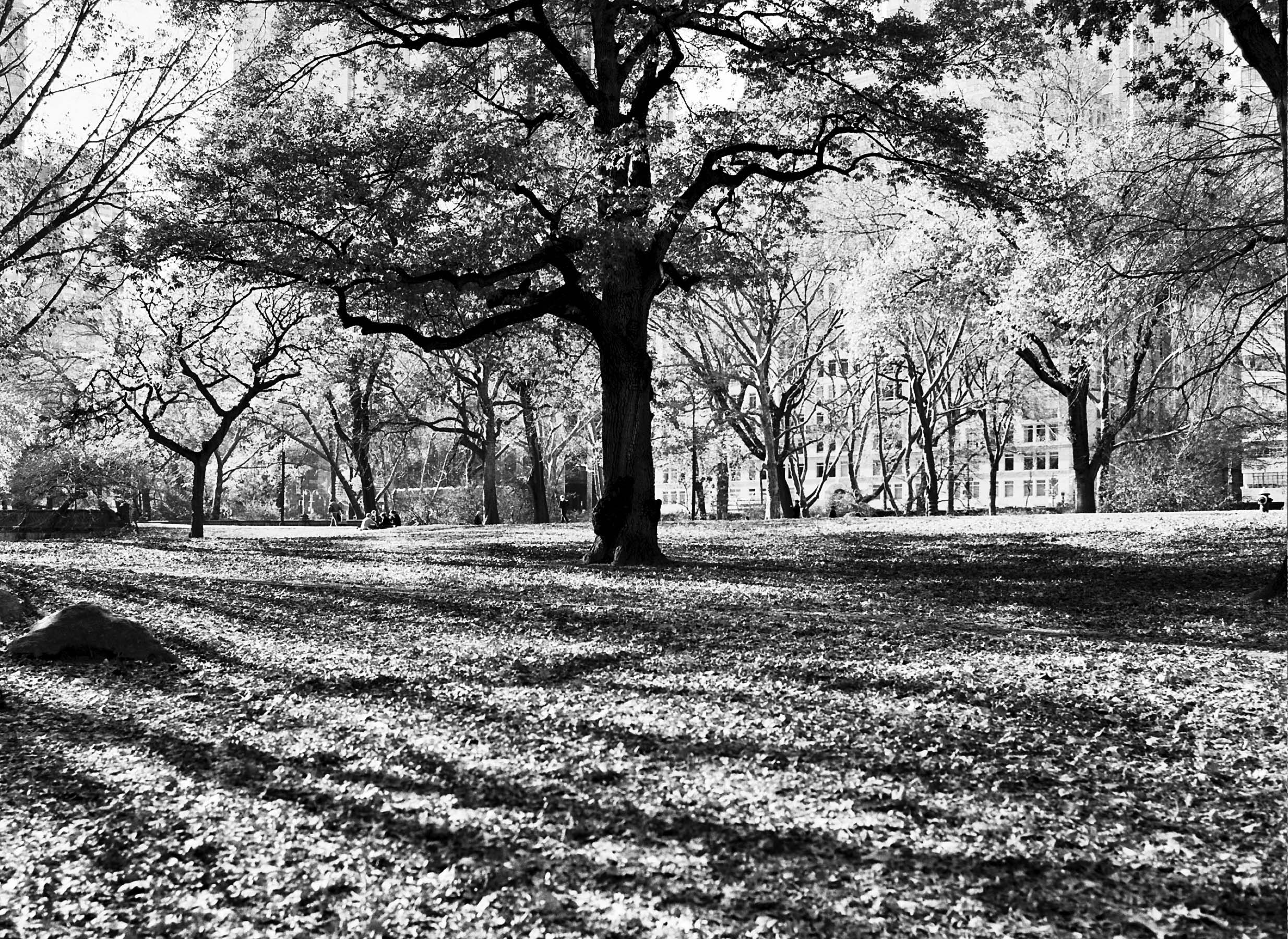I was at a lighting seminar a few years back during the New York City PhotoExpo. It was the big one that comes to New York City held at the Jacob Javits center in midtown Manhattan. You know the one, where all the new photographic toys and gizmos come out. You walk around salivating over the latest and greatest equipment that was there, and all the new must haves that you should get because it would make your photography better. At a steep price, of course.
I cannot remember the actual year in which this happened, but I can recall it was the year that Broncolor teamed up with Hasselblad and all of the photographic world was abuzzed with excitement. The world’s “best” medium format camera teaming up with the world’s “best” lighting company? It was a dream come true. For those of us who could afford that combination.
As I walked around this exhibit, I could easily tell the neophytes from the old timers. The gadget heads from the wise shoppers. The amateurs from the professionals. All of the formers were there because they NEEDED the new equipment. The latter was there to see if any of the hoopla lived up to the hype and would any of these new fangled toys make their photography life easier, more economical, more readily to produce and furthermore, more productive.
The reason for this blog is I am constantly asked for my opinion with regards to lighting equipment and one thing I will always extol to photographers is this: “I don’t recommend equipment. I don’t recommend lights. I don’t recommend gear. ” If anything my mantra is: “I discuss photography, not cameras. Lighting, not lights.” Because at the end of the day, it becomes a personal choice and what may work well for me, may not be the greatest choice for you.
Lights, like lenses, like cameras, like modifiers are a tool. While I wish I could walk into a store and purchase the Broncolor Para 330 FB or the Briese Focus .2 330 Flash units, is it the “right” light for me? Right now, probably not. I know that in my current shooting situation and current studio space those behemoths would be ridiculous to use (but God wouldn’t it be great to whip those babies out). Then most recently, the newest buzz on the market is the Profoto B1 500. I remember all the flutter that was buzzing around Facebook regarding that unit. All the photographers were clamoring for it. Of course the first question I asked was “why do you need it?” A lot of the photographers get pissed with me when I don’t revel in their excitement over new toys.
“Because I am able to shoot 1/11,000th of a second.”
“Okay and what kind of work do you shoot.”
“Beauty.”
See where this is going?
So you are going to plop down $2,000 (which is just for the light itself, not counting future modifiers) to have the ability to shoot at 1/11,000th, for something that you would never shoot at 1/11,000th for anyway? Where is the logic in that? I love the neophytes, because I never have to scout the used departments of B&H or Adorama. I just follow them, because eventually all the new gadgets that they buy (that they just HAD to have), they will inevitably be selling it (almost pennies on the dollar) and guess who lucks out? I do.
But again when am asked the question of “whats the best light to use?” My answer will always be “the one that lights the model.”
While I may be a fan of pack and heads, the next person will be a fan of monolights. Stephen Eastwood and Joe McNally will tout the love of speedlights and Ansel Adams will use God’s light to make his magic. None of them are right, just like none of them are wrong. We all choose the right tool to produce the image that makes the heart sing. We need to get our heads out of gadgetry’s ass and thinking that spending top dollar on the latest equipment will produce a better photograph. Trust me when I say it won’t. I know a lot of photographers with the latest and greatest equipment and are still producing garbage photographs. Their photographs aren’t any better per se, just more expensive.
To understand light is to understand our craft and though the technology of photography has made leaps and bounds in our industry, we still live in the pocket of mathematics and physics in order to produce a photograph. F8 will still be F8 no matter if the power comes from a Speedotron or a Hensel.
Light Is Light.







Leave A Comment
You must be logged in to post a comment.